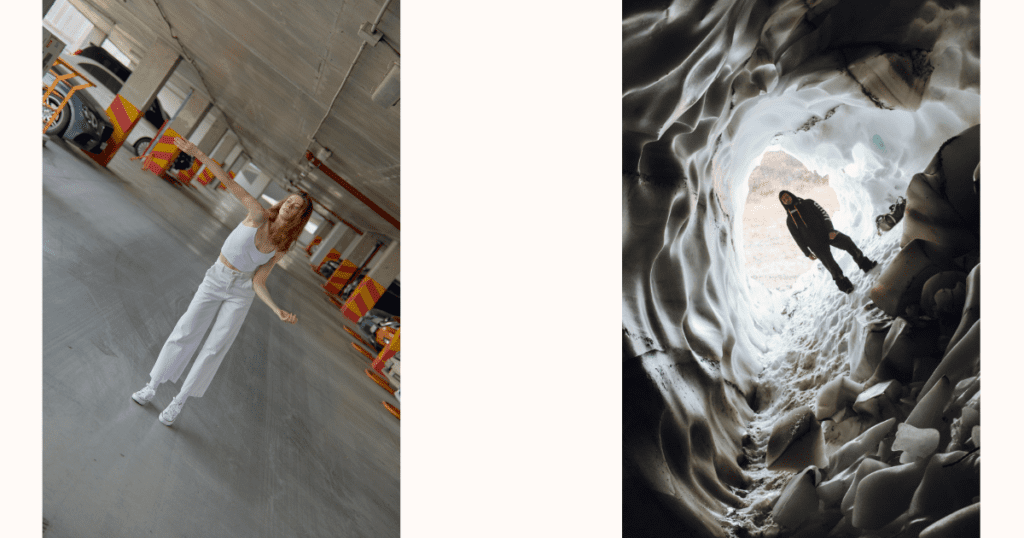The Dutch angle shot–which is also known as the Dutch Tilt, oblique angle, German angle, or canted angle–is a type of camera shot. When employing the Dutch angle, the camera is set at such an angle that the horizon line is tilted, not running parallel to the top and bottom of the frame. It is often used for static shots, but employing this technique while the camera moves or pans is also possible.
Why use a Dutch angle shot?
In cinematography, this technique is employed to indicate that something isn’t right. Often, it is used to portray tension, unease, or distress. It serves to make the audience feel disoriented, like the shot is at odds with reality.
Quentin Tarentino often uses a Dutch angle shot when something bad is about to happen. It’s a way of putting the viewer on edge, alerting them to the fact that something is about to go down. Sometimes that can mean a violent act, sometimes it can mean something that is surreal or otherwise unexpected.

What’s the history of the Dutch angle shot?
Funnily enough, this shot did not originate in the Netherlands. It was actually popularized by the German Expressionists of the 1920s. One of the first known uses was in the 1929 experimental film Man with a Movie Camera, created by Soviet filmmaker Dziga Vertov.
Eventually, these German filmmakers brought the technique to Hollywood, where it became popular, especially in Film Noir. Alfred Hitchcock (who spent part of his early film career in Germany) was known for his use of the Dutch angle to create a sense of unreality.
How do you use a Dutch angle shot?
It is easy to overuse this technique if you don’t fully understand its application and the effect it has on the viewer. Famously, Roger Ebert lambasted Roger Christian for his overuse of the technique in his 2000 film Battlefield Earth.
Remember that when you choose to use a Dutch angle, you are making a choice to raise the stakes of your scene. This is appropriate at many times, but use it too often and you risk losing that effect. Think carefully about why you want to use this technique, and when planning your shot list, be thoughtful about how often you’re employing it.
Of course, there is room for experimentation, and despite what others may say, there is really no “wrong” way to make a movie. But like any technique, it’s important to understand why you are using it and how it will impact your viewer. An ordinary scene of a mother and daughter getting coffee would be dramatically different when filmed with a Dutch angle; as a viewer, I would assume that someone is lying, gaslighting, or otherwise manipulating the conversation. I would understand that this scene is higher stakes than it originally appeared to be. Conversely, a Dutch angle during a scene where a character is having a panic attack, or right before an act of unspeakable violence would confirm what I already knew to be true: this is a bad situation, and it’s likely to get worse.
Are Dutch angle shots something you employ in your work? Will you incorporate them in the future?

Leave a Reply